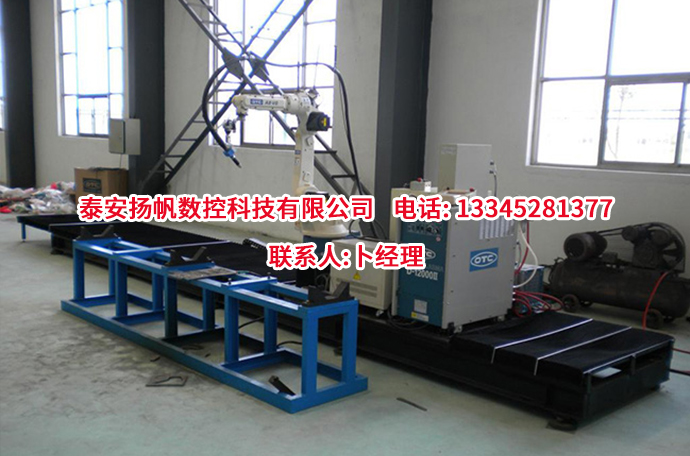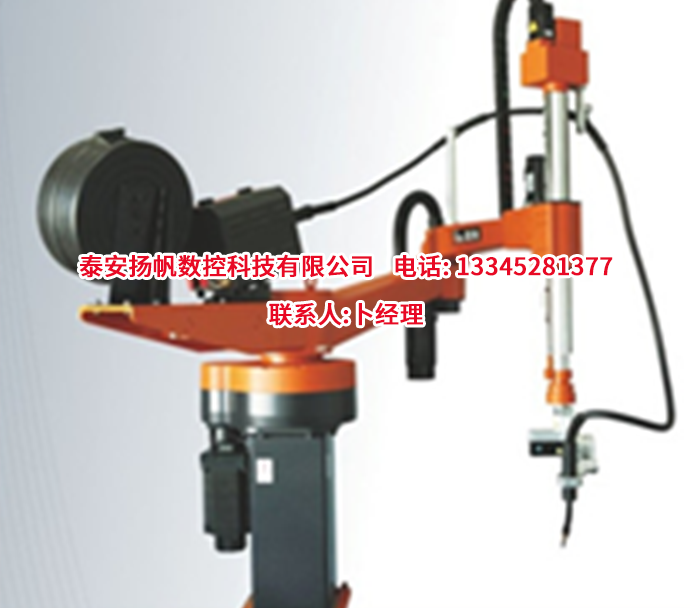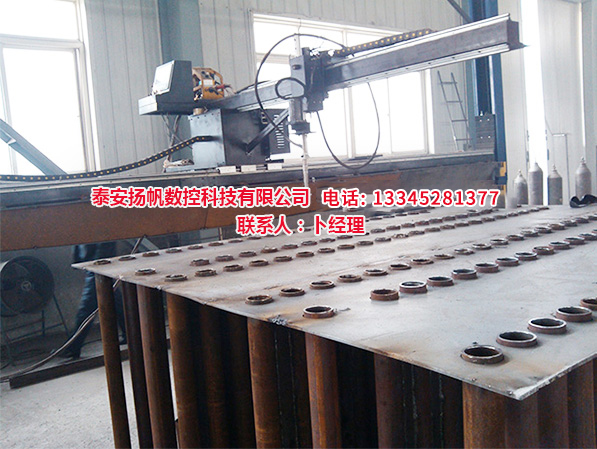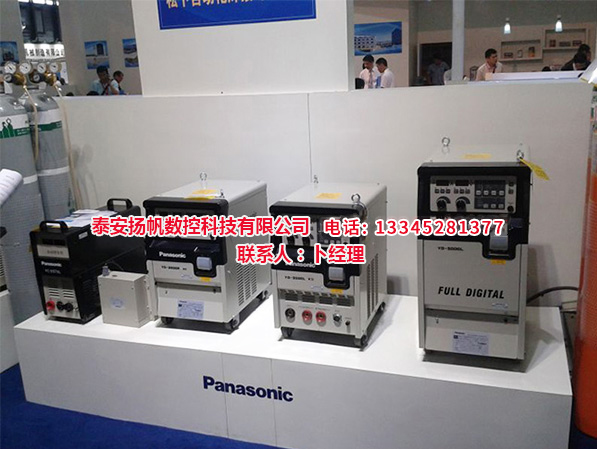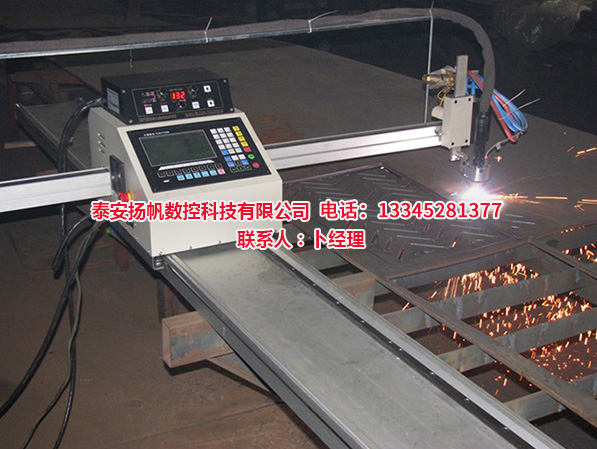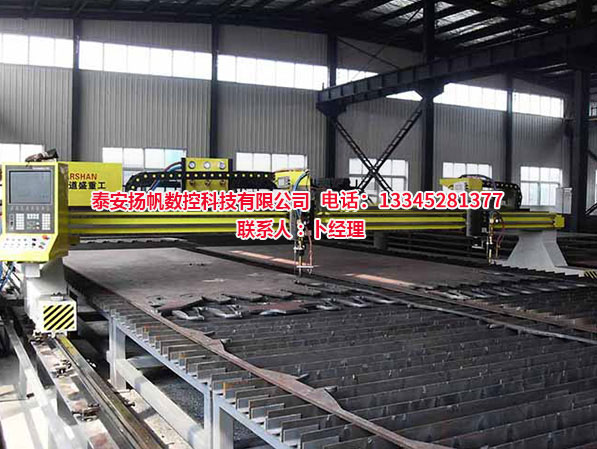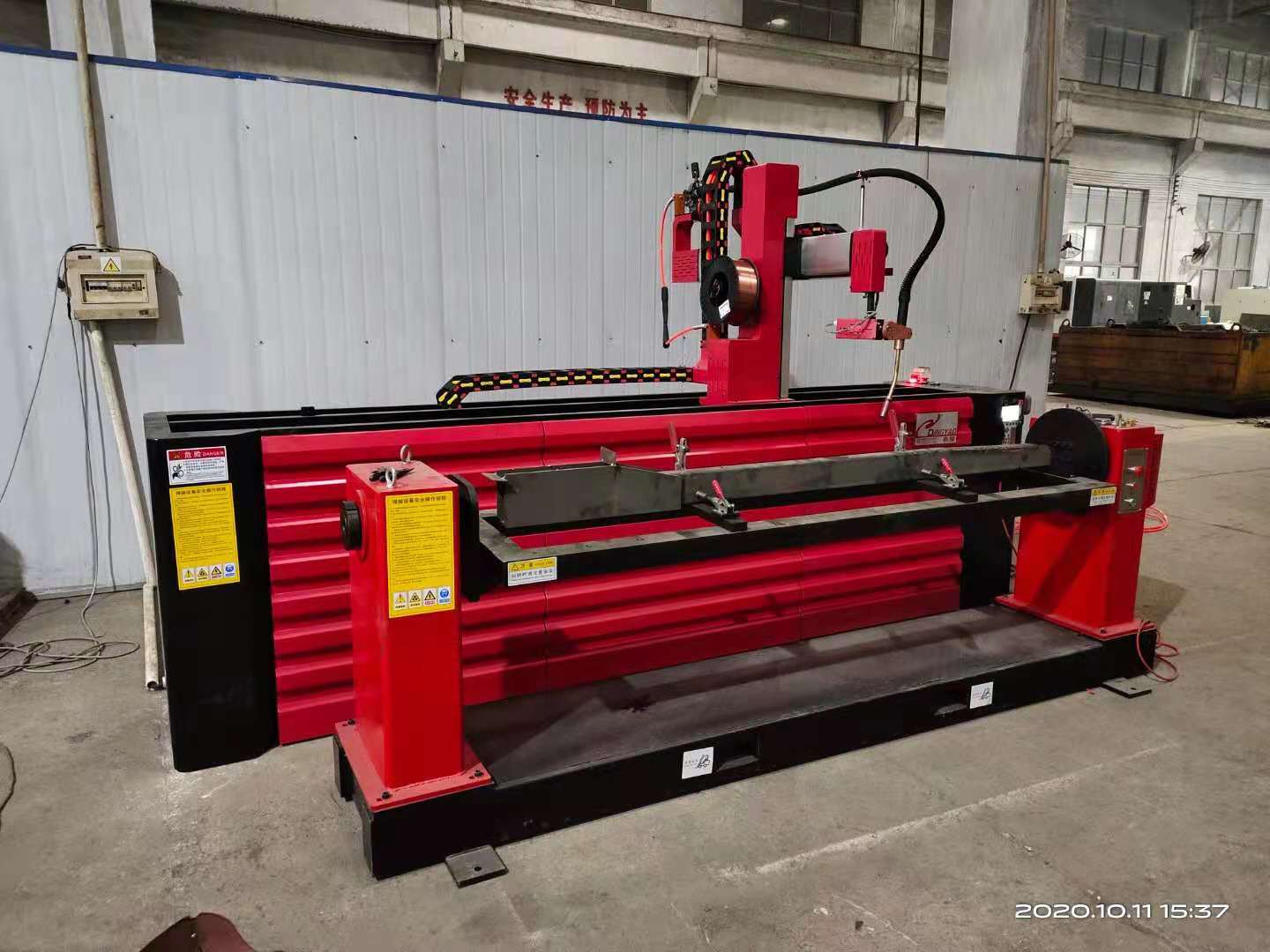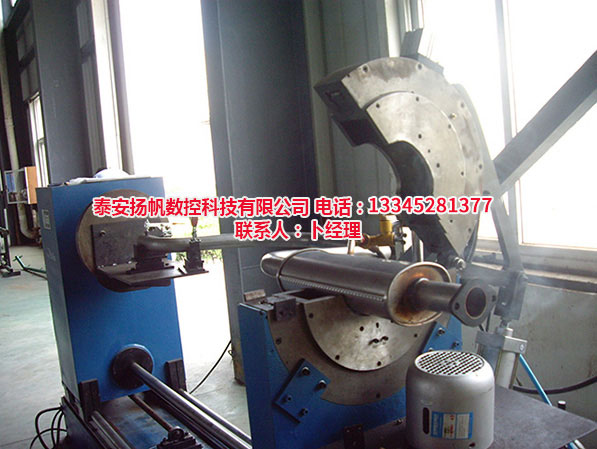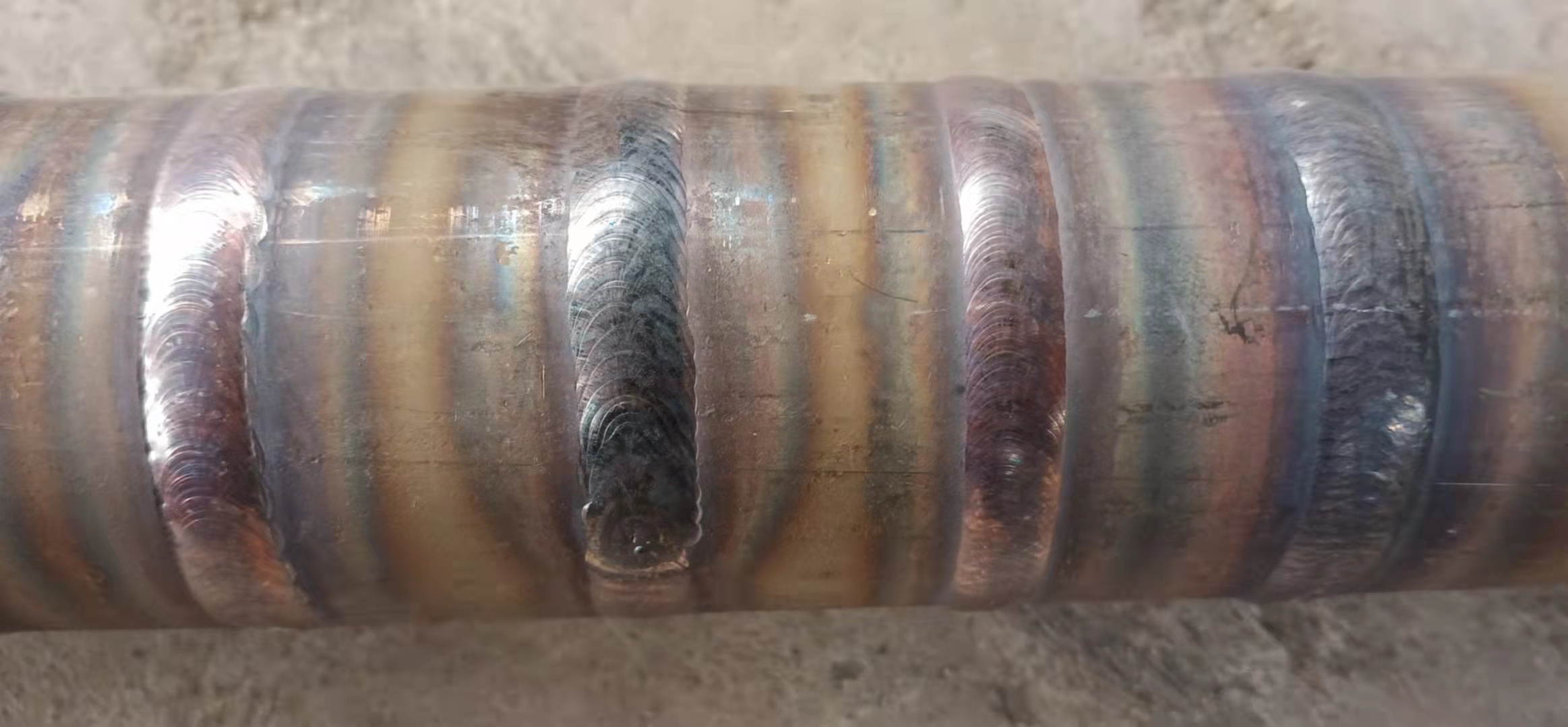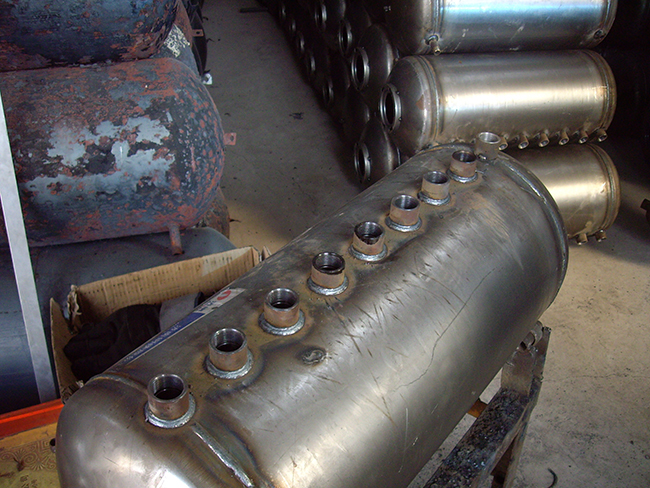焊接變形和應力產生的原因和預防
來源:http://www.fangzh.cn/ 發布時間:2021-09-13 瀏覽次數:0
焊接變形的基本形式有收縮變形、角變形、彎曲變形、波浪變形和扭曲變形等。焊接過程中,對焊件進行不均勻加熱和冷卻,是產生焊接應力和變形的根本原因。減少焊接應力與變形的工藝措施主要有:
The basic forms of welding deformation include shrinkage deformation, angular deformation, bending deformation, wave deformation and distortion deformation. Uneven heating and cooling of weldments during welding is the root cause of welding stress and deformation. The process measures to reduce welding stress and deformation mainly include:
一、預留收縮變形量根據理論計算和實踐經驗,在焊件備料及加工時預先考慮收縮余量,以便焊后工件達到所要求的形狀、尺寸。
1、 Reserved shrinkage deformation according to theoretical calculation and practical experience, shrinkage allowance shall be considered in advance during material preparation and processing of weldments, so that the workpiece can reach the required shape and size after welding.
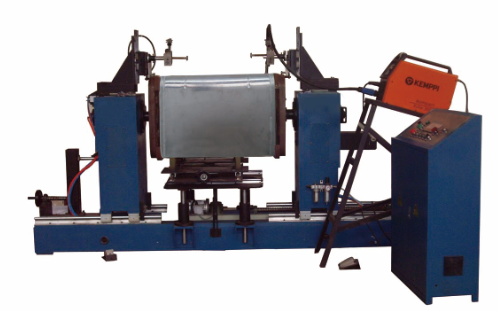

二、反變形法根據理論計算和實踐經驗,預先估計結構焊接變形的方向和大小,然后在焊接裝配時給予一個方向相反、大小相等的預置變形,以抵消焊后產生的變形。
2、 According to theoretical calculation and practical experience, the inverse deformation method estimates the direction and size of structural welding deformation in advance, and then gives a preset deformation with opposite direction and equal size during welding assembly to offset the deformation after welding.
三、剛性固定法焊接時將焊件加以剛性固定,焊后待焊件冷卻到室溫后再去掉剛性固定,可有用防止角變形和波浪變形。此方法會加大焊接應力,只適用于塑性較好的低碳鋼結構。
3、 When welding with rigid fixation method, the weldment shall be rigidly fixed. After welding, the rigid fixation shall be removed after the weldment is cooled to room temperature, which can effectively prevent angular deformation and wave deformation. This method will increase the welding stress and is only suitable for low carbon steel structures with good plasticity.
四、選擇合理的焊接順序盡量使焊縫自由收縮。焊接焊縫較多的結構件時,應先焊錯開的短焊縫,再焊直通長焊縫,以防在焊縫交接處產生裂紋。如果焊縫較長,可采用逐步退焊法和跳焊法,使溫度分布較均勻,從而減少了焊接應力和變形。
4、 Select a reasonable welding sequence to make the weld shrink freely as much as possible. When welding structural parts with many welds, the staggered short welds shall be welded first, and then the straight long welds shall be welded to prevent cracks at the joint of welds. If the weld is long, the step-by-step back welding method and skip welding method can be used to make the temperature distribution more uniform, so as to reduce the welding stress and deformation.
五、錘擊焊縫法在焊縫的冷卻過程中,用圓頭小錘均勻迅速地錘擊焊縫,使金屬產生塑性延伸變形,抵消一部分焊接收縮變形,從而減小焊接應力和變形。
5、 Hammering weld method in the cooling process of the weld, use a small round head hammer to hammer the weld evenly and quickly, so as to make the metal produce plastic extension deformation and offset part of the welding shrinkage deformation, so as to reduce the welding stress and deformation.
六、加熱“減應區”法焊接前,在焊接部位附近區域(稱為減應區)進行加熱使之伸長,焊后冷卻時,加熱區與焊縫一起收縮,可有用減小焊接應力和變形。
6、 Before welding by heating the "stress relief zone" method, heat the area near the welding part (called the stress relief zone) to make it elongate. When cooling after welding, the heating zone shrinks together with the weld, which can effectively reduce the welding stress and deformation.
七、焊前預熱和焊后緩冷預熱的目的是減少焊縫區與焊件其他部分的溫差,降低焊縫區的冷卻速度,使焊件能較均勻地冷卻下來,從而減少焊接應力與變形。
7、 The purpose of preheating before welding and slow cooling and preheating after welding is to reduce the temperature difference between the weld area and other parts of the weldment, reduce the cooling rate of the weld area, so that the weldment can be cooled evenly, so as to reduce welding stress and deformation.
上一篇:焊接滾輪架上用的軸承竄動的原因
下一篇:自動焊專機的功用特性介紹!



